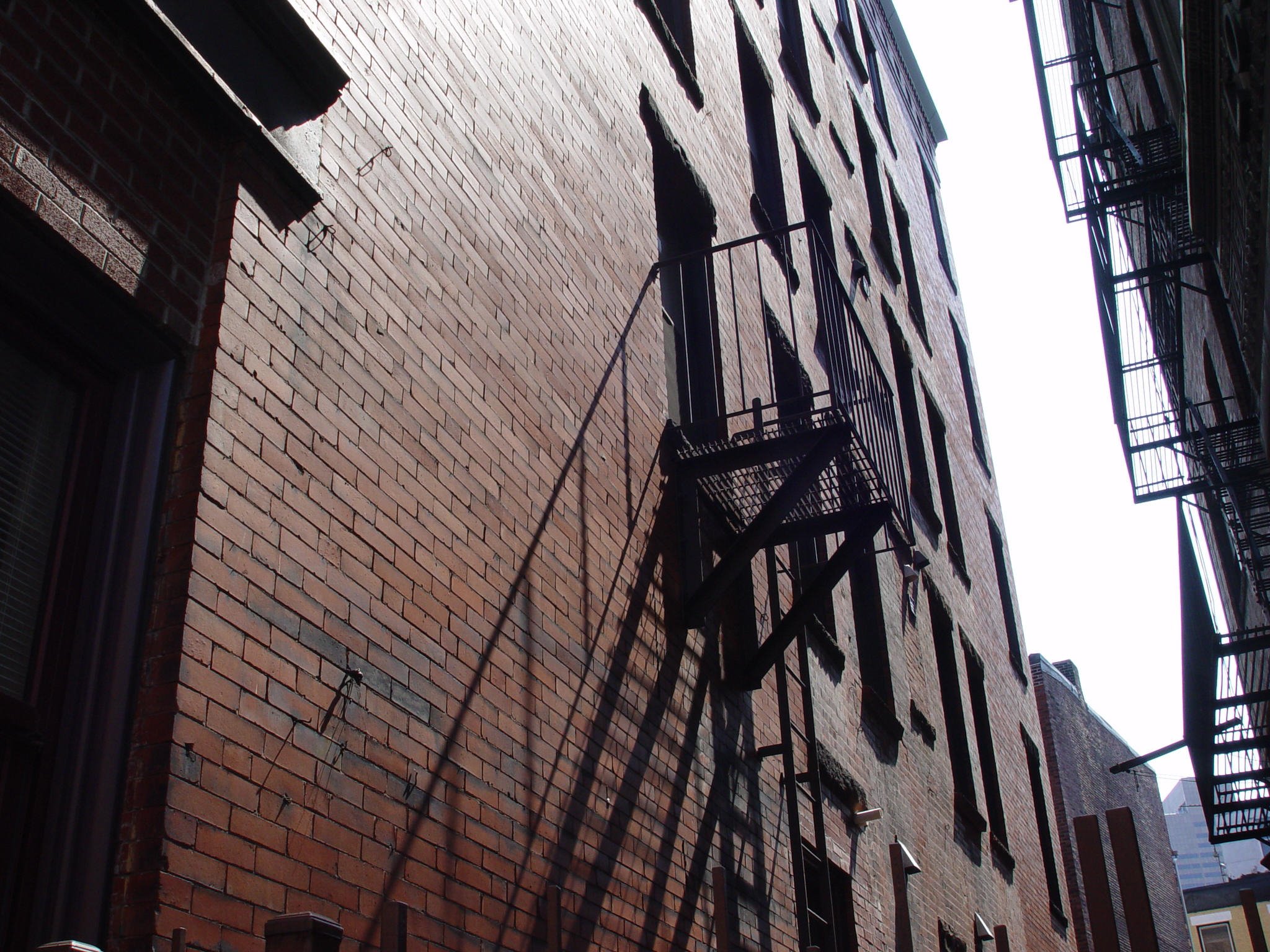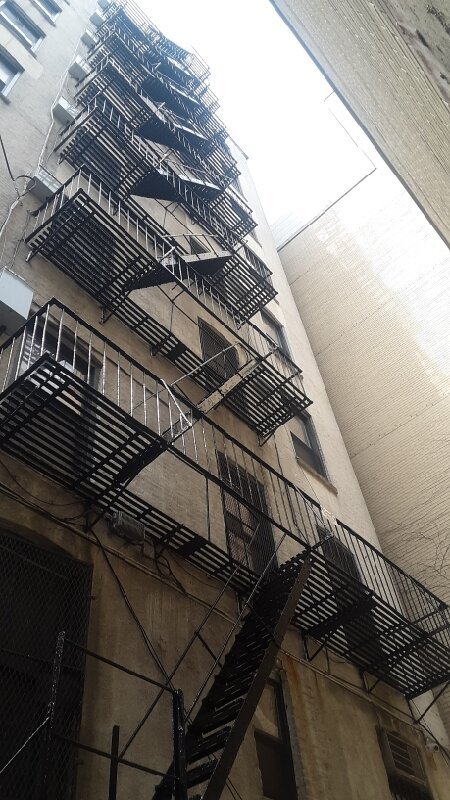5 Tips for Counter-Weighted Ladders on Fire Escapes
Fire escapes play a pivotal role in ensuring the safety of building occupants during emergencies, and counter-weighted ladders stand out as a reliable and efficient component of this critical system. Compact and deployable only when needed, these ladders offer a secure descent option while deterring unauthorized access. To maximize the lifespan and functionality of your fire escape's counter-weighted ladder, it's essential to implement a proactive maintenance routine. In this article, we'll explore the key aspects of maintaining counter-weighted ladders, providing you with detailed tips to keep this crucial safety feature in optimal condition.
The Benefits of Counter-Weighted Ladders:
Counter-weighted ladders are designed with several advantages that contribute to the overall effectiveness of a fire escape system:
Compact Design:
The space-saving design of counter-weighted ladders ensures that they remain unobtrusive when not in use, contributing to the aesthetic appeal of your building.
Secure Descent:
These ladders provide a safe and efficient means of descent during emergencies, offering peace of mind to building occupants.
Burglar Deterrent:
One unique advantage of counter-weighted ladders is their ability to prevent burglars from accessing your building through the fire escape. This added security feature is invaluable for both residential and commercial properties.
Maintenance Tips for Counter-Weighted Ladders:
Regular Inspection of Tracks:
Conduct frequent inspections of the ladder tracks, particularly after winter months when harsh weather conditions may have taken a toll. Look for any signs of wear, misalignment, or obstruction that could hinder the smooth operation of the ladder.
Lubrication of Cables and Pulleys:
Ensure the smooth functioning of your counter-weighted ladder by regularly lubricating cables and pulleys with marine-grade grease. This preventive measure helps to reduce friction, minimizing wear and tear on these critical components.
Verification of Counter Weight Seals:
Counter weights play a crucial role in the balanced deployment and retraction of the ladder. Regularly verify that these counter weights are fully sealed to prevent the ingress of moisture or debris, which could compromise their efficiency and lead to corrosion.
Clamp Tightening and Cable Inspection:
Maintain the structural integrity of the ladder by tightening all clamps securely. Additionally, inspect cables for any signs of fraying, as damaged cables can pose a significant safety risk. Promptly address any issues to prevent further damage and ensure the ladder's reliability.
Avoid Painting Cables:
While it may be tempting to give your fire escape a fresh coat of paint, it's crucial to avoid painting the cables. Paint can compromise the flexibility and integrity of the cables, leading to potential malfunctions. Focus on preserving the natural state of the cables to ensure their optimal performance.
Incorporating these detailed maintenance tips into your routine will go a long way in preserving the functionality and safety features of your fire escape's counter-weighted ladder. By regularly inspecting tracks, lubricating cables, verifying counter weight seals, tightening clamps, and avoiding the painting of cables, you're investing in the long-term reliability of this essential component. Remember, a well-maintained counter-weighted ladder not only ensures the safety of building occupants but also enhances the overall resilience of your fire escape system.
Need a Fire Escape Maintenance?
Reach out to Maximum Fire Escapes, the fire escape company that focuses on it all: fire escape inspections, fire escape repairs, fire escape construction, fire escape paint and scrape and fire escape certification. Maximum Fire Escapes is located in 15+ states with a a focus on quality work backed by a 25 year warranty.
Call Today: 844-629-3473




